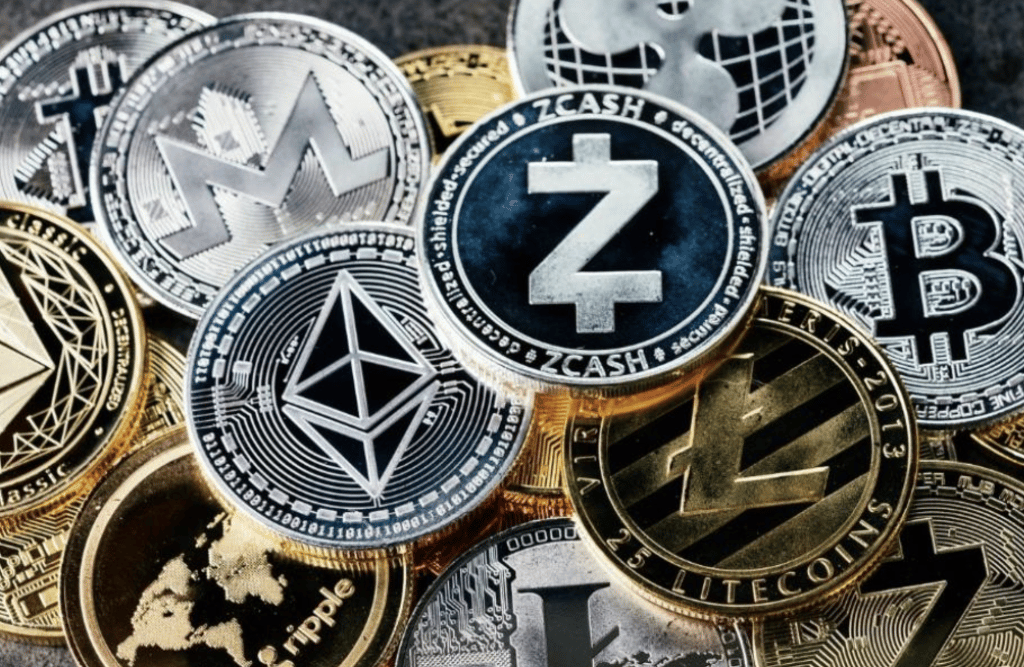Digital money has become an important part of our everyday lives. Whether you’re buying a cup of coffee, groceries, gas or anything else, chances are good you’ll be asked if you want to pay with cash or another form of payment. This presents a problem for those who don’t have cash on hand, but also for businesses that don’t want to deal with a lot of cash in the register. To address this issue and others like it, electronic money institutions have begun providing services to help consumers and merchants switch to using digital money instead of cash as their primary form of payment.
What is Electronic Money?
Electronic money is a digital representation of value that can be used like cash to make purchases, pay bills and other uses. The value associated with an electronic money account can be transferred from person to person, and is recorded on a computer or mobile device. Electronic money is stored in an online account, and is often linked to a debit card or prepaid card. It’s available to use whenever and wherever you want, but it’s different from a credit card. Electronic money is a cash equivalent, which means you’ll pay off what you spend with a debit card or prepaid card much like you would cash.If you open an electronic money business, then you need to select a country for registration, for example, you can get an EMI license in Lithuania.
Why electronic money institutions matter
If customers and businesses are to switch from using cash as their primary form of payment to digital money, they need to know that the process is simple and convenient. Electronic money institutions can make the process easier for everyone, including consumers and merchants, by providing information about electronic money, and helping them decide which electronic money option is best for them. Electronic money institutions can also help businesses find the right solutions, especially if they use multiple payment types such as cash and electronic money.
Electronic Money Options
Electronic money cards – Electronic money cards are a popular choice for many people, since they can be used in many situations, including online, to withdraw cash from an ATM and more. These cards can be used to make purchases in person, online or by phone. Some cards have a prepaid balance, while others are linked to a checking account. Electronic money accounts – As with cards, there are a range of ways to access your money, including checking accounts, savings accounts, or a line of credit. And some providers may let you choose between the two. You can access your money via the internet, a mobile app or by telephone, depending on the provider. Electronic money wallets – With a wallet, you store your money in an account that’s on your computer or mobile device, where you can access it instantly. You can also send or receive money from others, depending on the type of wallet you use. Electronic money coupons or vouchers – This type of electronic money is used for specific products or services, like gift cards, airline miles or other rewards points.
Final Words: Looking Forward
While the adoption of digital money has increased, especially with the younger generation, those who are younger than 35, there is still more that can be done to help people and businesses switch from using cash as their primary form of payment. Electronic money institutions are an important part of this, and they can reach more people by promoting the benefits of using digital money. Electronic money institutions can help make the transition easier by providing information about the different forms of digital money, and helping consumers and businesses decide which option works best for them.

